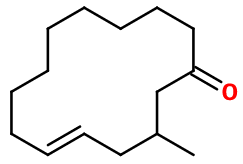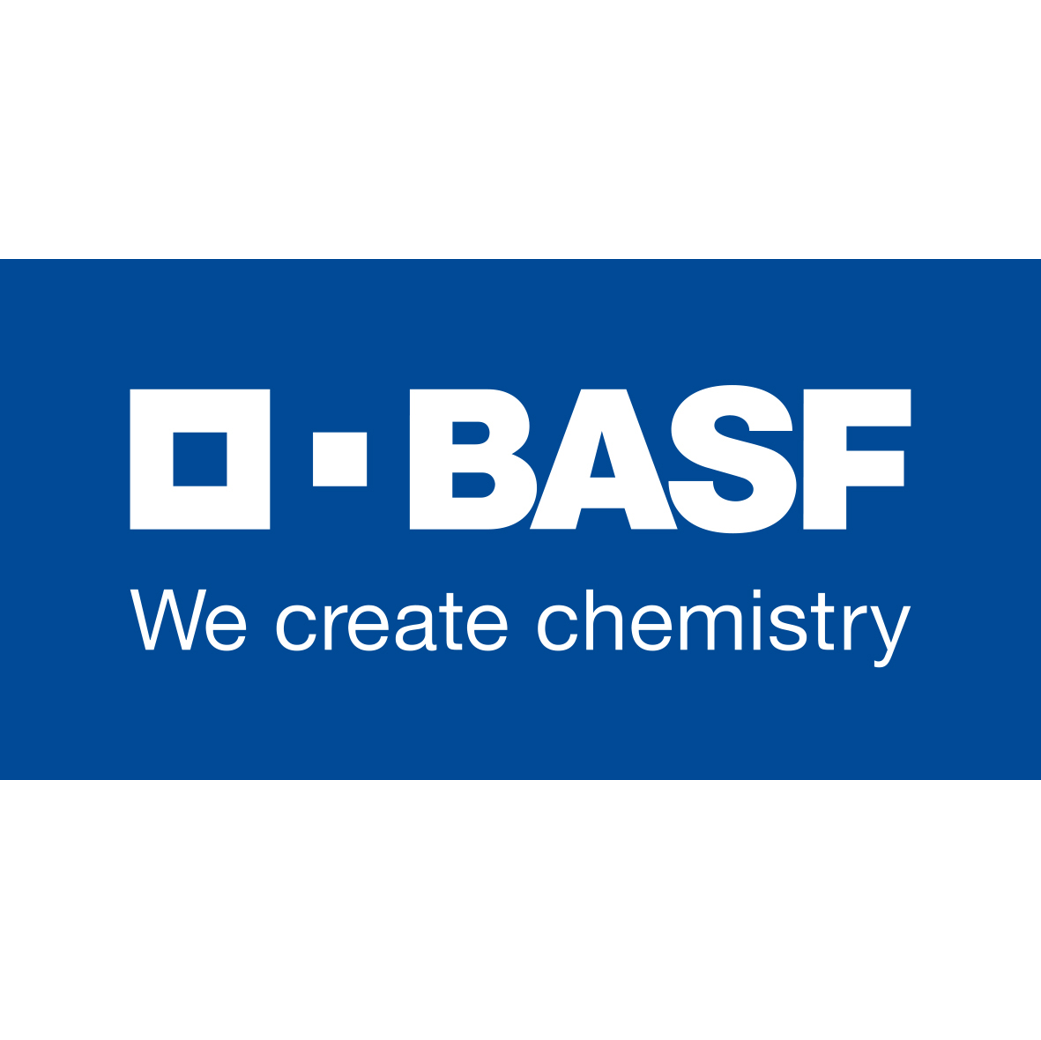
Photo credits: ScenTree SAS
Do you sell any of the raw materials? Would you like to let our users know?
Send an email to fournisseurs@scentree.coto learn about our advertising opportunities.
Do you sell any of the raw materials? Would you like to let our users know?
Send an email to fournisseurs@scentree.coto learn about our advertising opportunities.
General Presentation
-
CAS N° :
259854-70-1 -
EINECS number :
452-280-2 -
FEMA number :
Donnée indisponible. -
FLAVIS number :
Donnée indisponible.
-
JECFA number :
Donnée indisponible. -
Volatility :
Base -
Price Range :
€€€€
Physico-chemical properties
-
Appearance :
Colorless liquid -
Density :
0,93 -
Refractive Index @20°C :
Data not available. -
Optical rotation :
Data not available. -
Vapor pressure :
Data not available. -
Flash Point :
> 93°C (> 199,4°F)
-
Molecular formula :
C15H26O -
Molecular Weight :
222,37 g/mol -
Log P :
5,6 -
Fusion Point :
Donnée indisponible. -
Boiling Point :
258°C (496,4°F) -
Detection Threshold :
0,1 ng/l air
Chemistry & Uses
Uses in perfumery :
Cosmone® is generally used as a nitromusk replacer. It has a quite similar effect and makes it possible to nuance base notes, thanks to its fruity and green facets.
Year of discovery :
Discovered in 1998
Natural availability :
Cosmone® does not exist on a natural state. Thus, it can't be used as extracted from a plant.
Isomerism :
Cosmone® has two diastereisomers, trans and cis. In perfumes, a blend of these two isomers is used, because they do not have a strong olfactive difference. Cosmone® is initially a blend of two positional isomers, called Cosmone® I and II. Both are obtained during the synthesis, and can be separated by distillation. Cosmone® is a constitutional isomer of some sandalwood alcohols as Javanol® or Polysantol®. Nevertheless, they do not have any olfactive similarities.
Synthesis precursor :
Cosmone® is not used for the synthesis of another molecule of olfactive interest.
Synthesis route :
Cosmone® is synthesized by a Wittig reaction in an alkaline medium, involving (4-carboxy-3-methylbutyl)triphenylphosphonium bromide and methyl 9-oxononanoate. This frist step leads to an ester, esterified using methanol (catalysor : paratoluensulfonic acid). Putting the ester in contact with pure sodium leads to a Bouveau-Blanc rearrangement, cycling the intermediary product into two acetates, linked by a positional isomery. To remove the ester groups from these two molecules, a reductive deacetoxylation is carried out with ammonia and calcium. This way, both Cosmone® isomers are obtained, to be separated by distillation.
Stability :
Stable in perfumes and in diverse functional bases, except in liquid bleach and candle bases.
Other comments :
Cosmone® can be used in very low quantity to bring an elegant effect.
IFRA
IFRA 51th :
This ingredient is not restricted for the 51th amendment
















